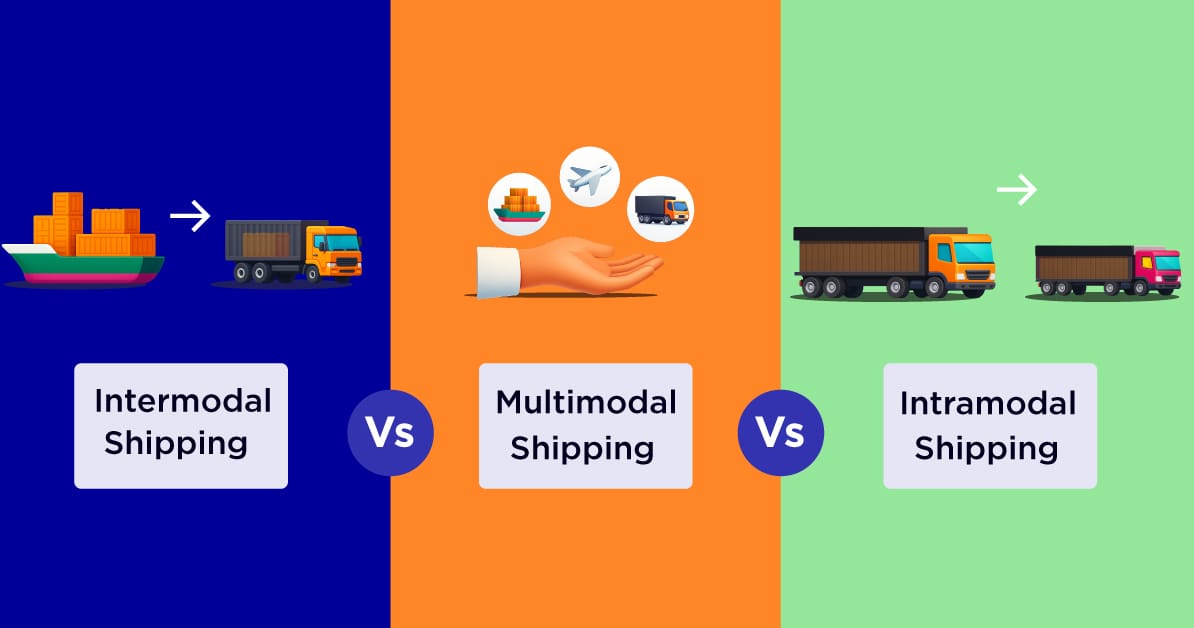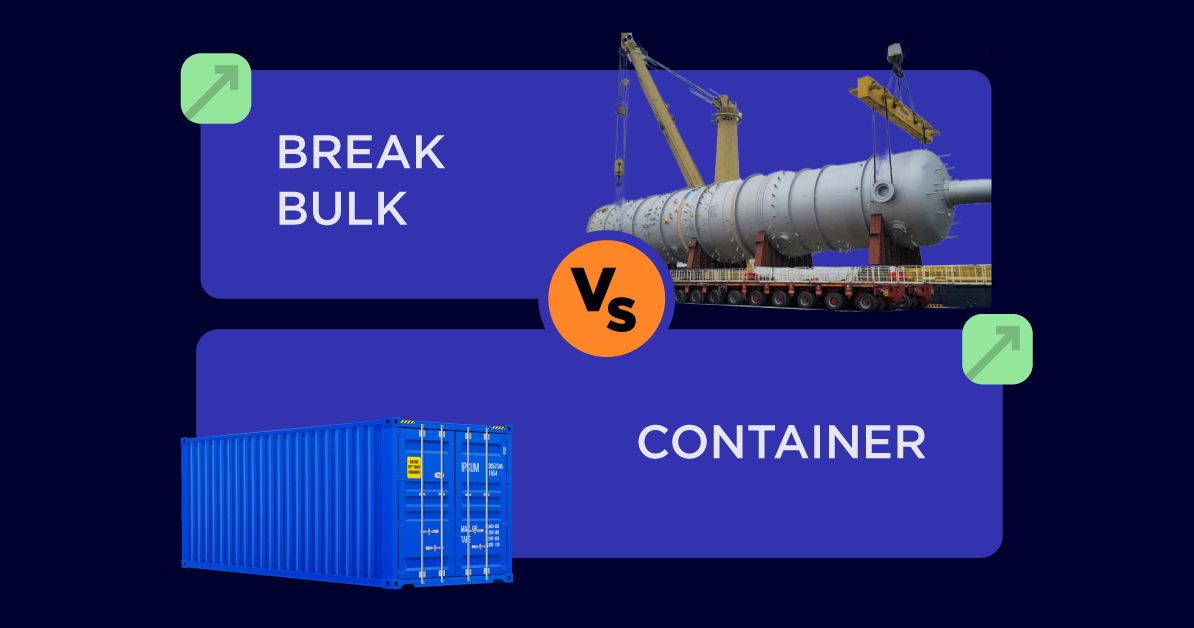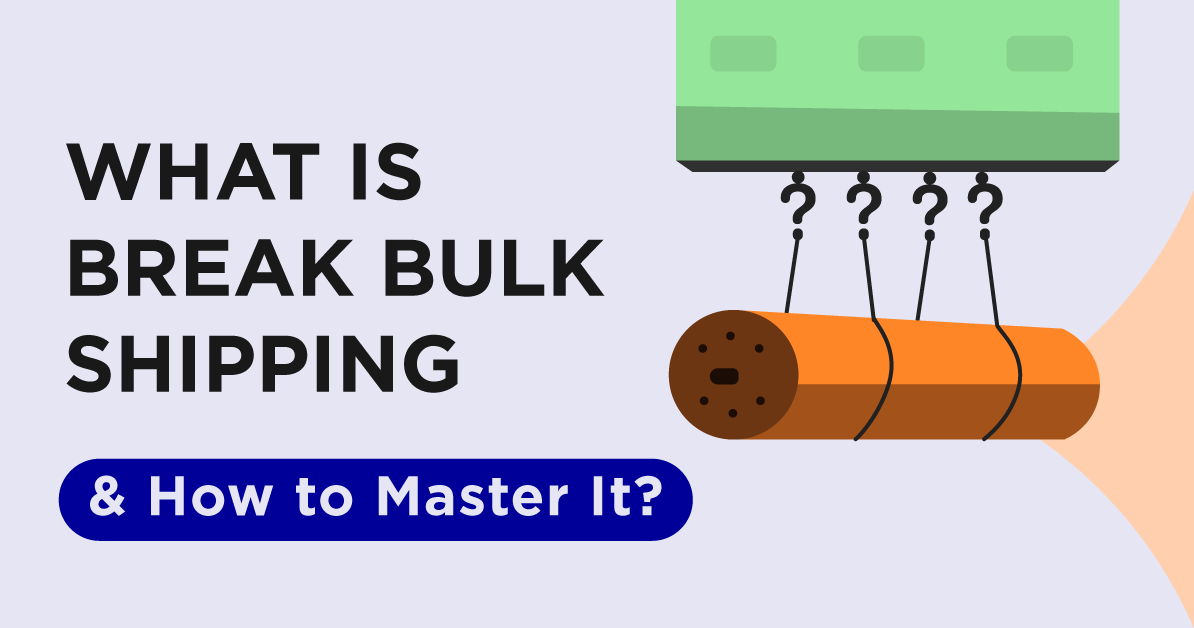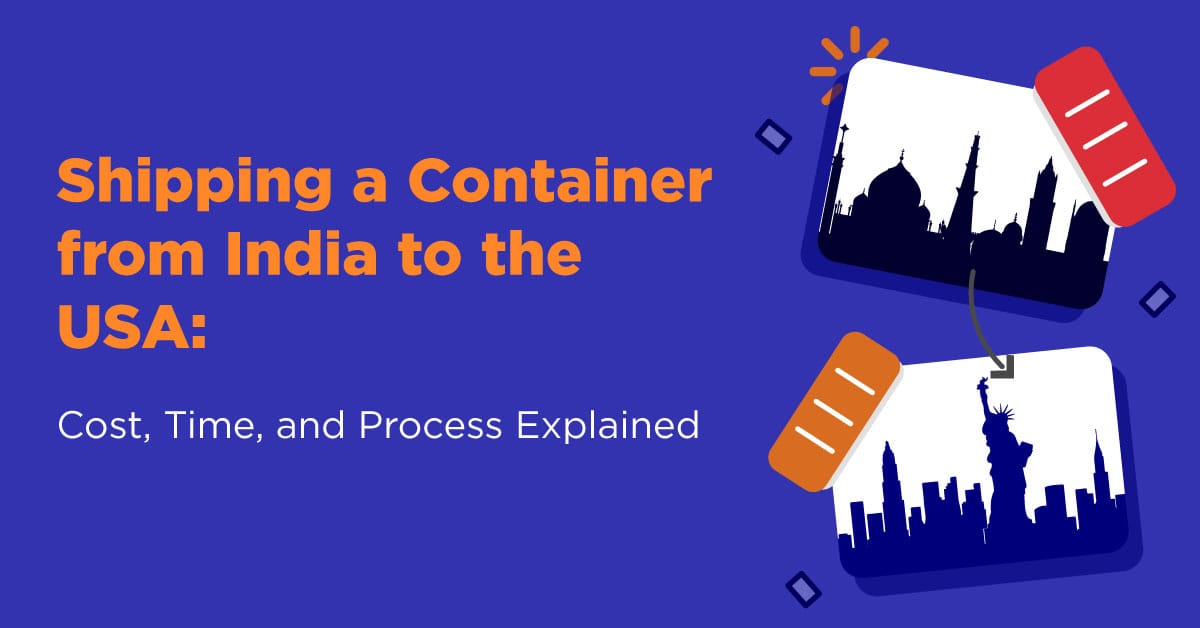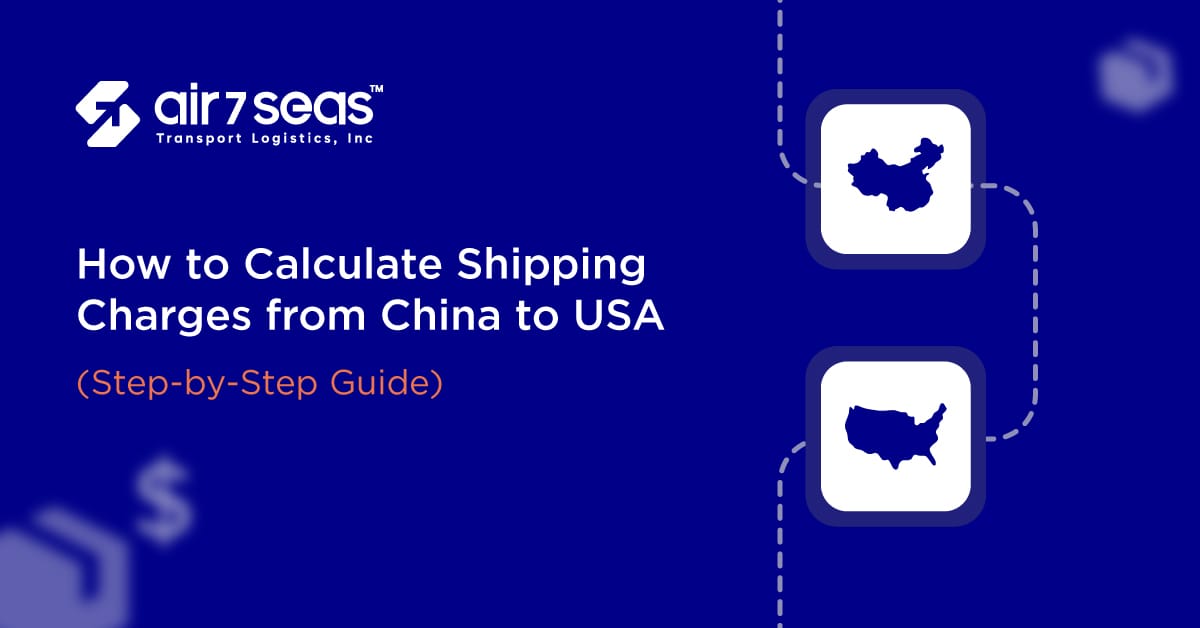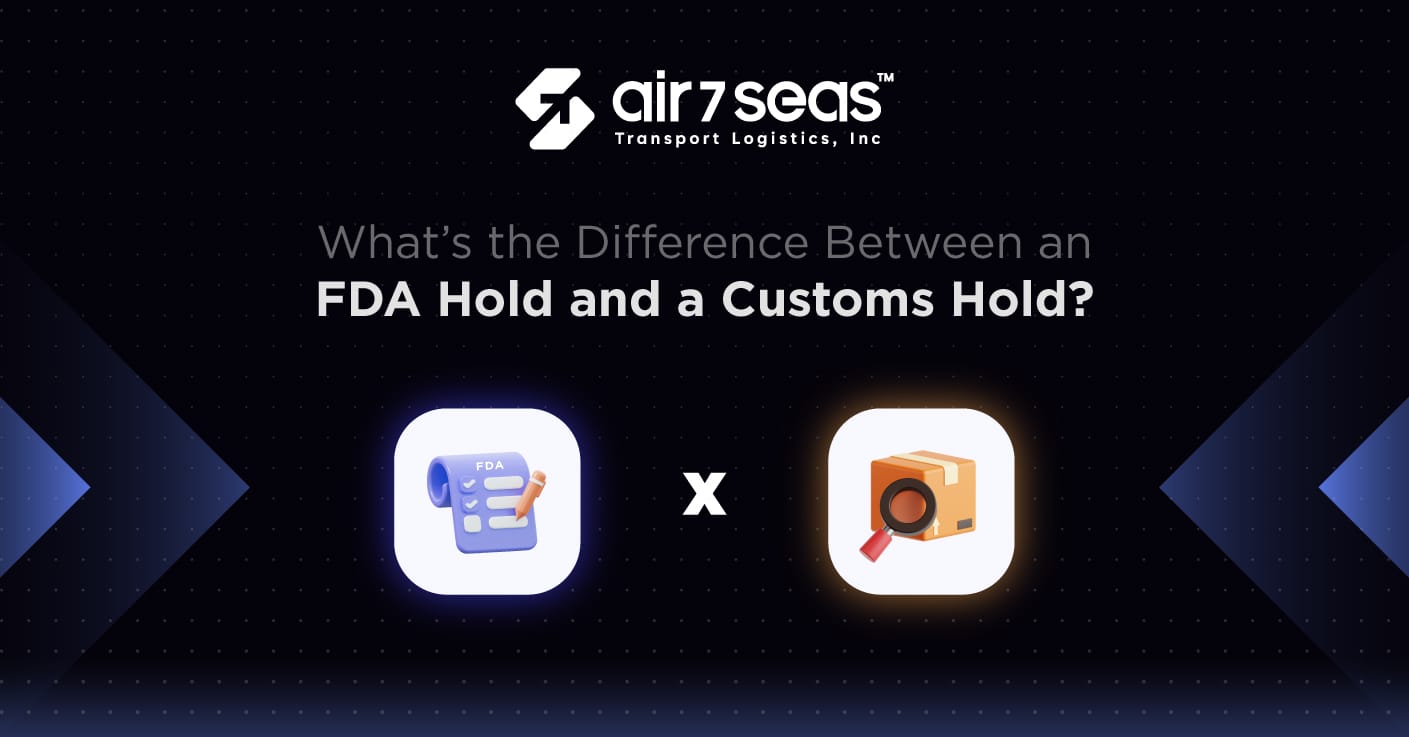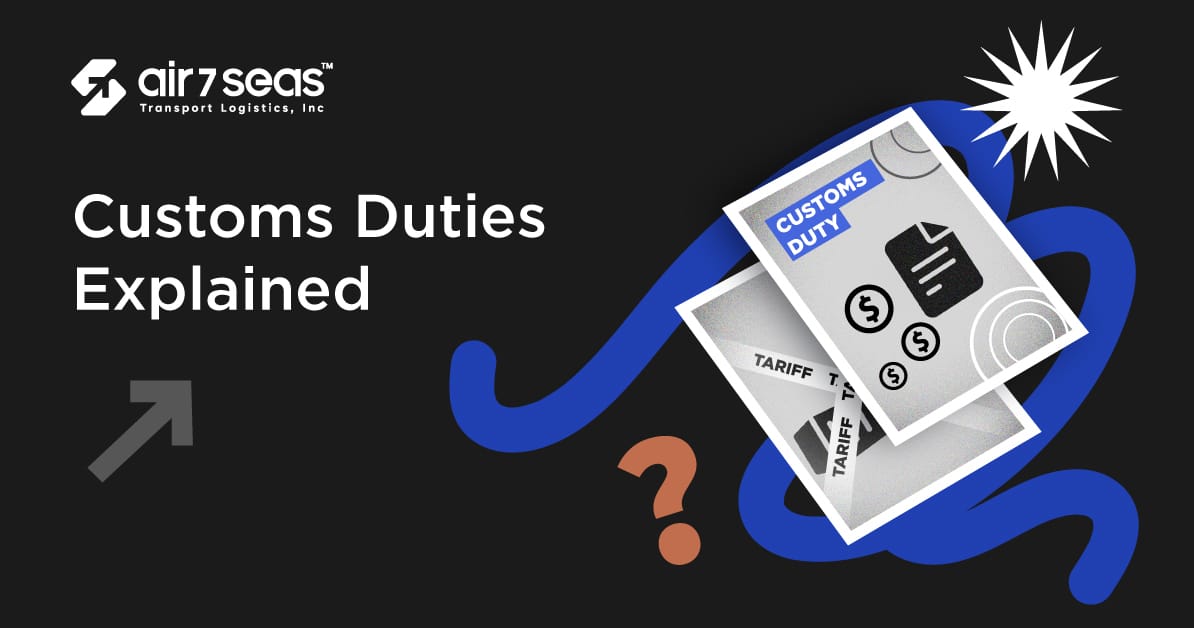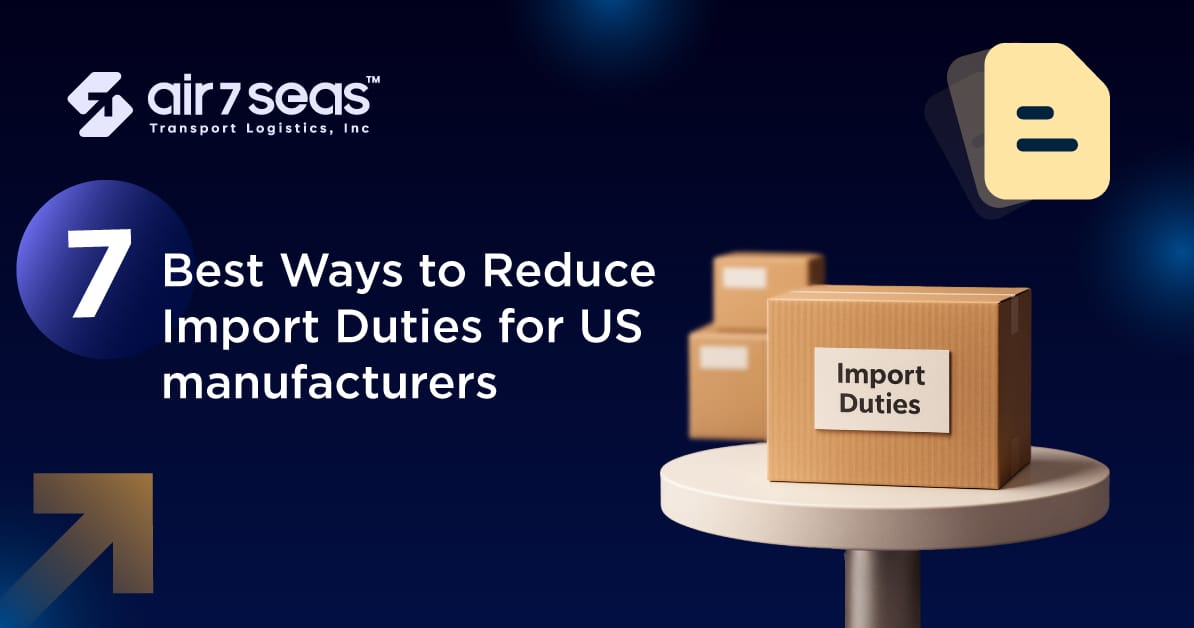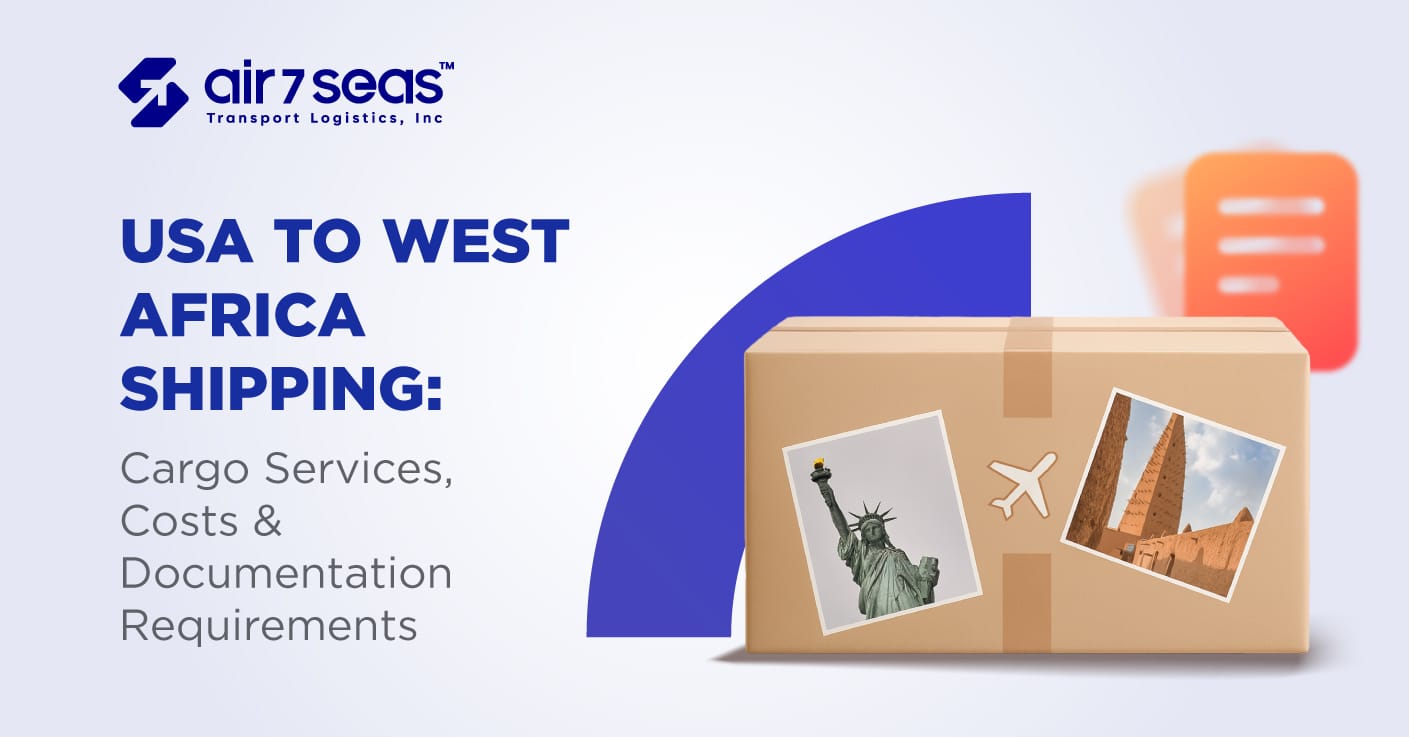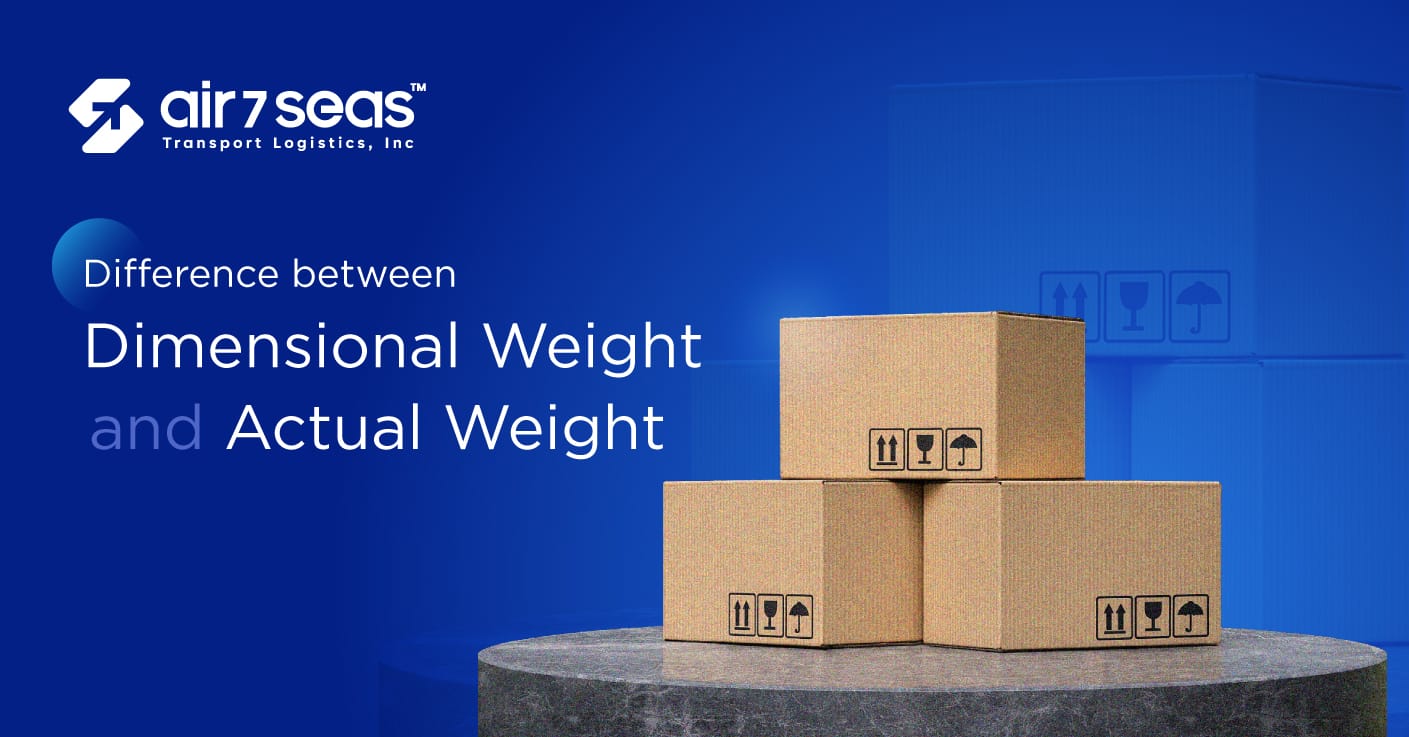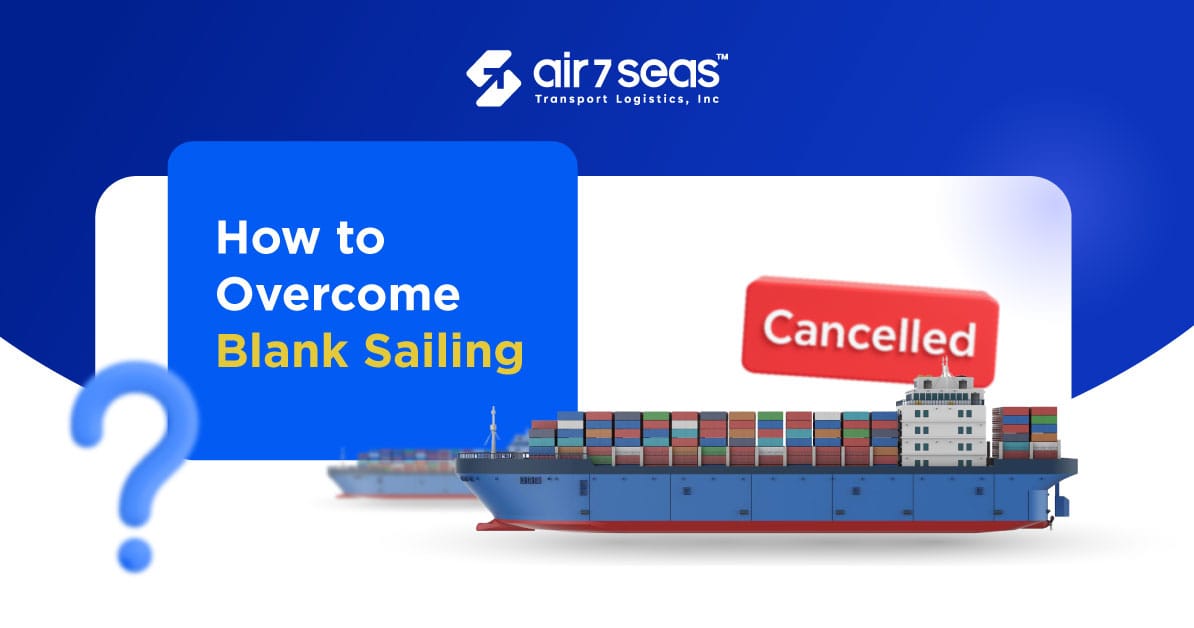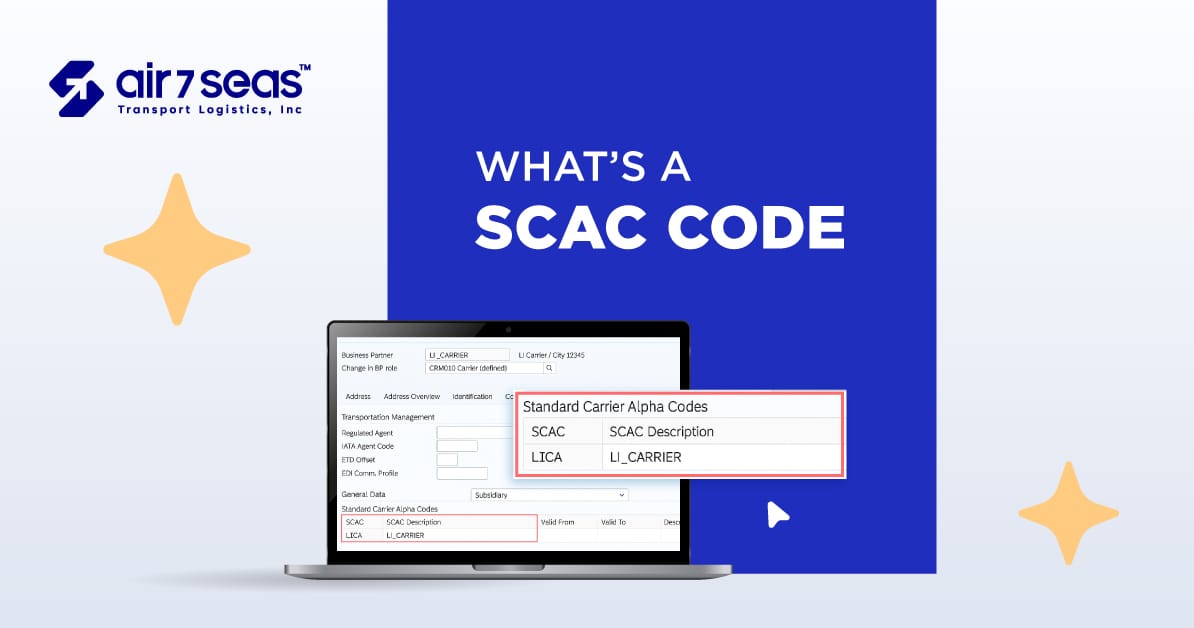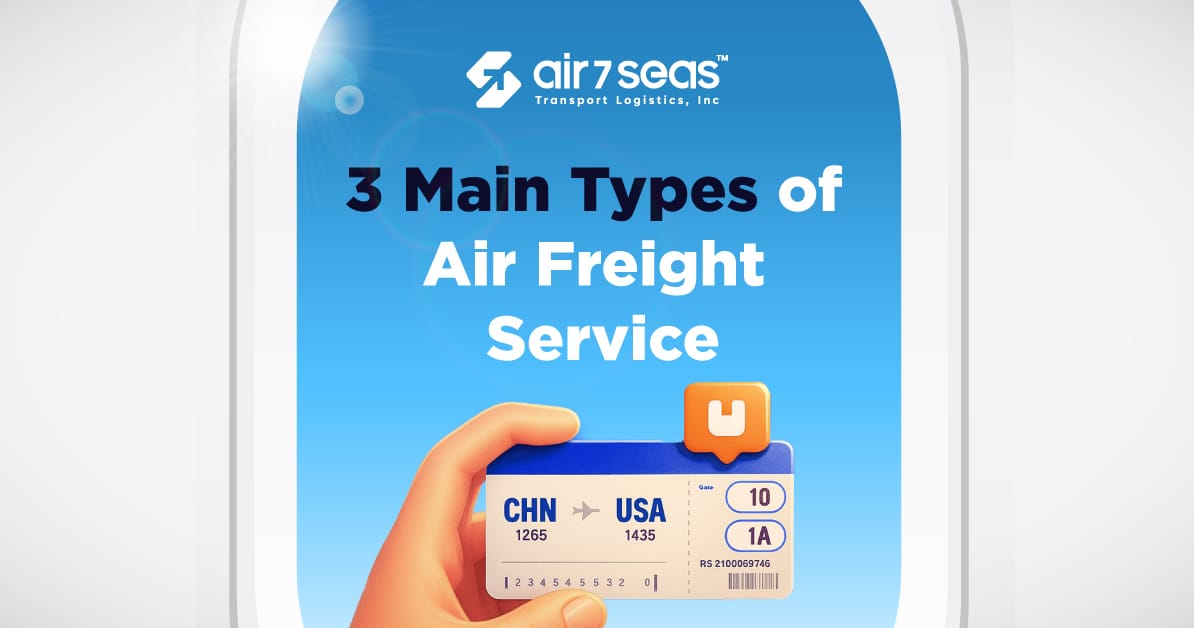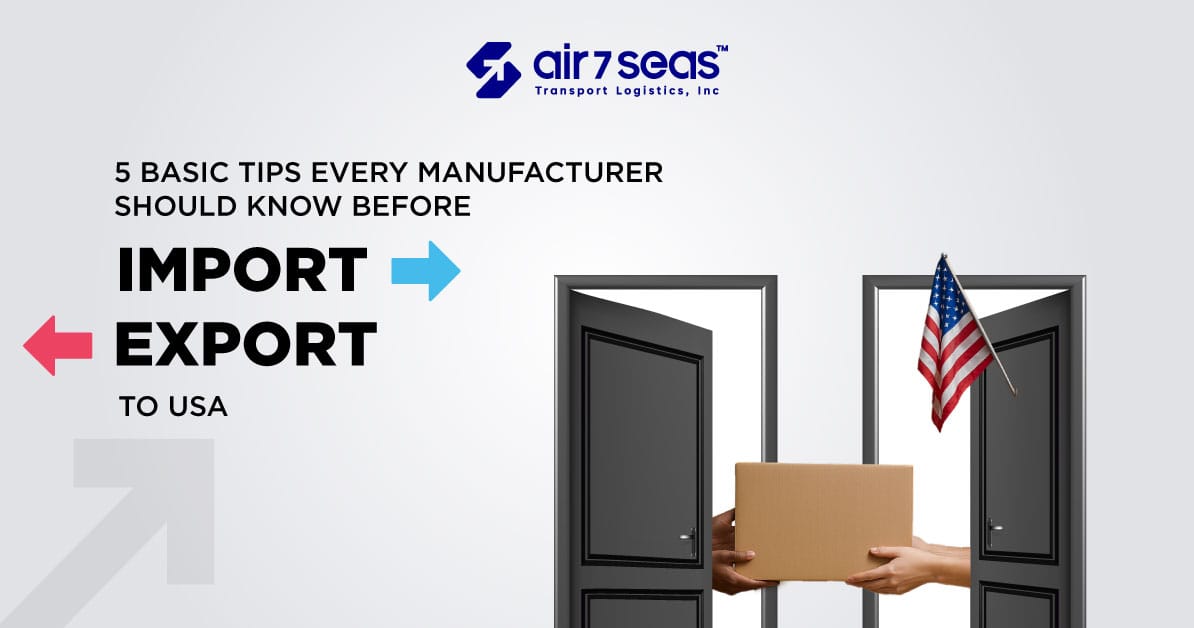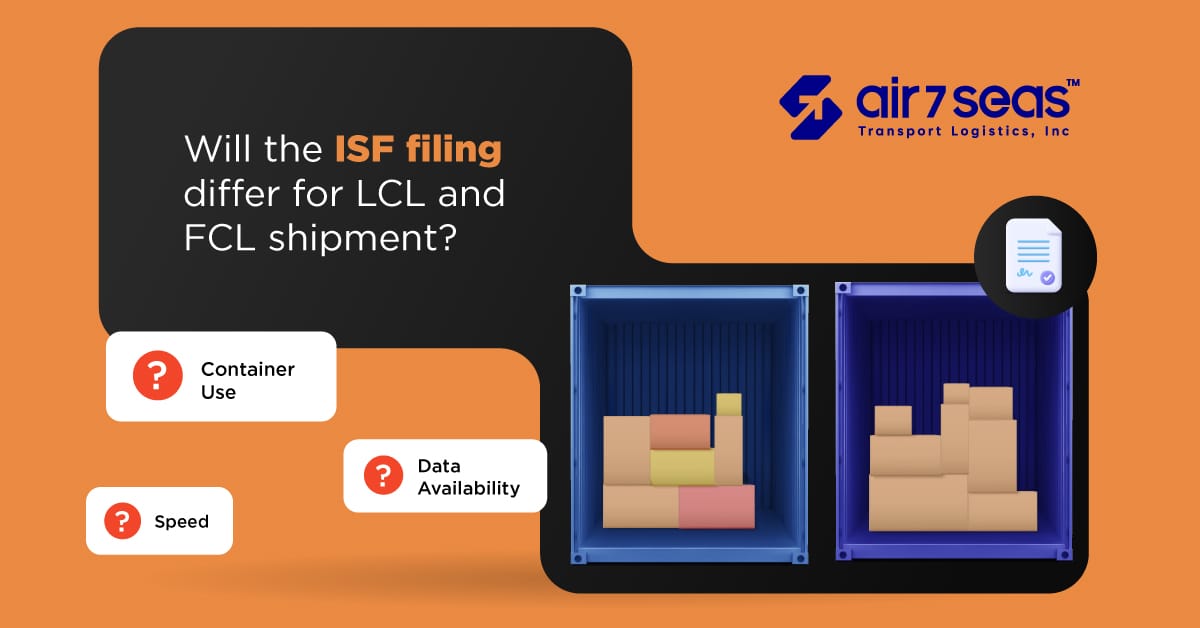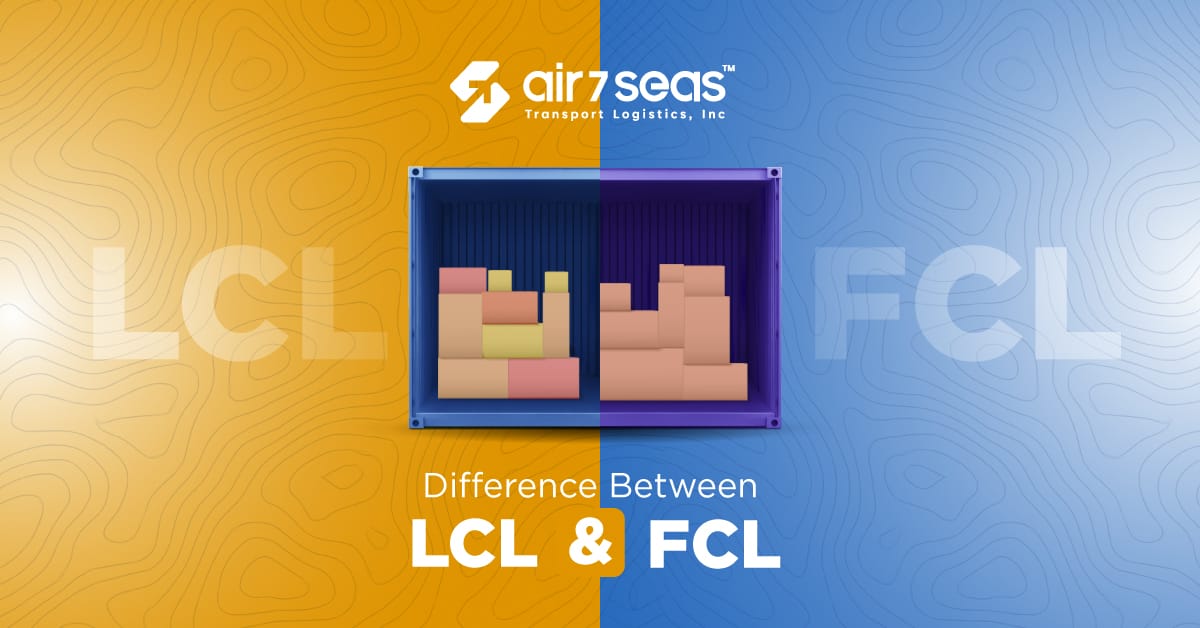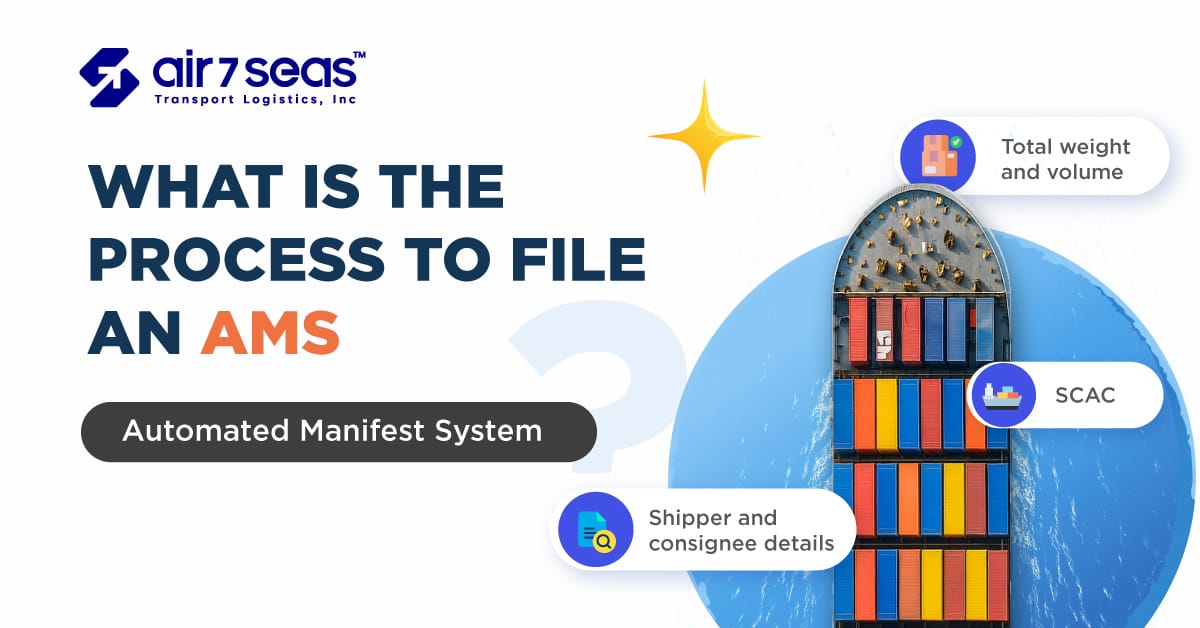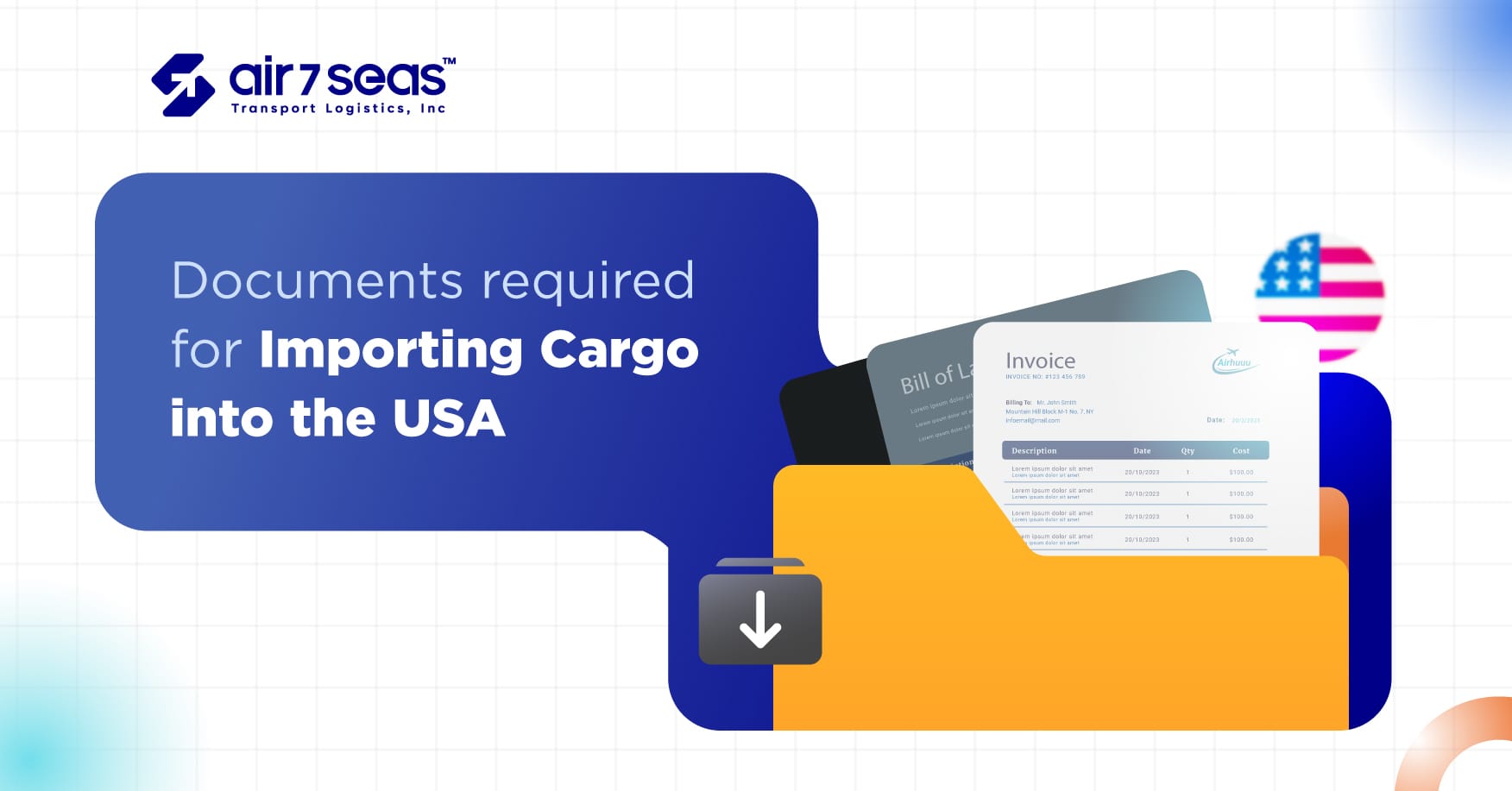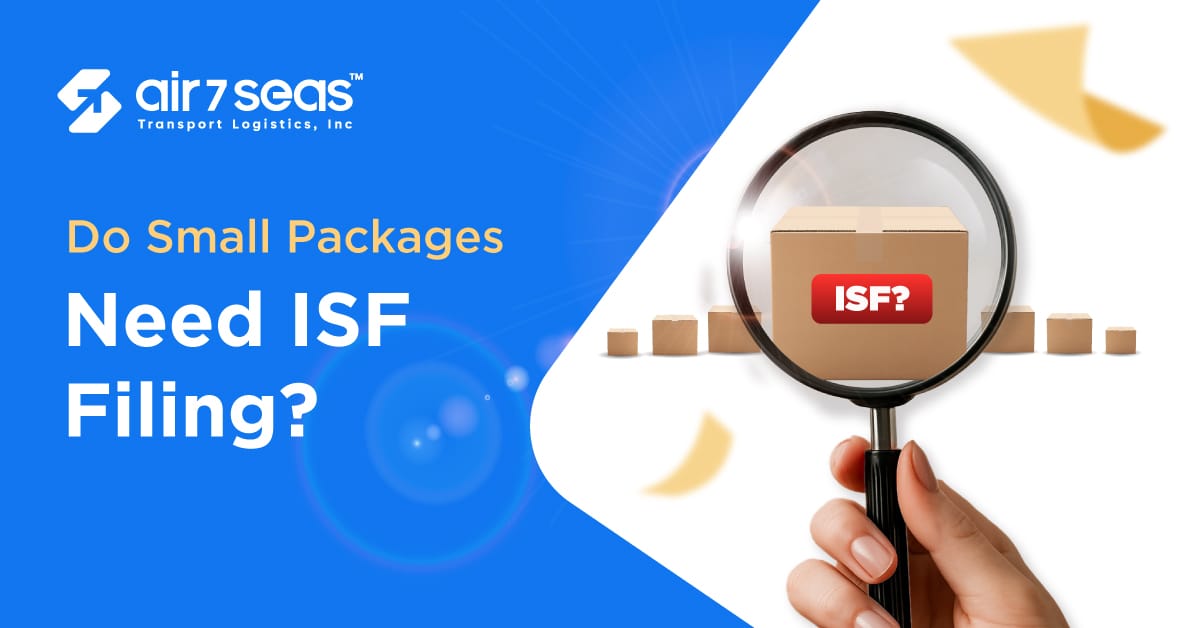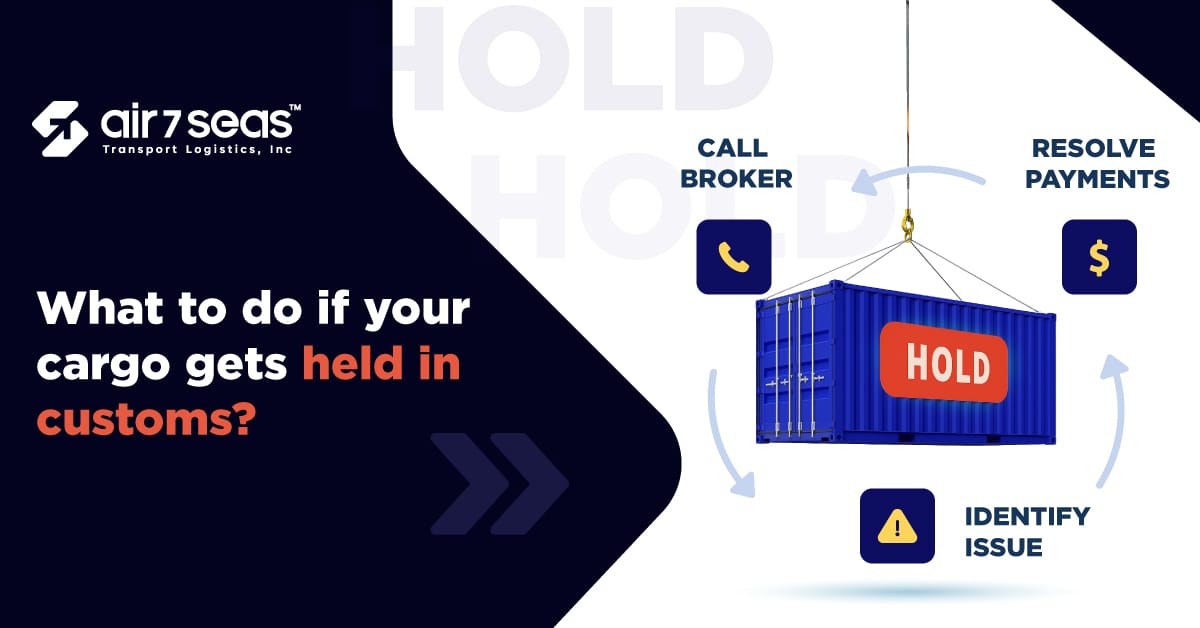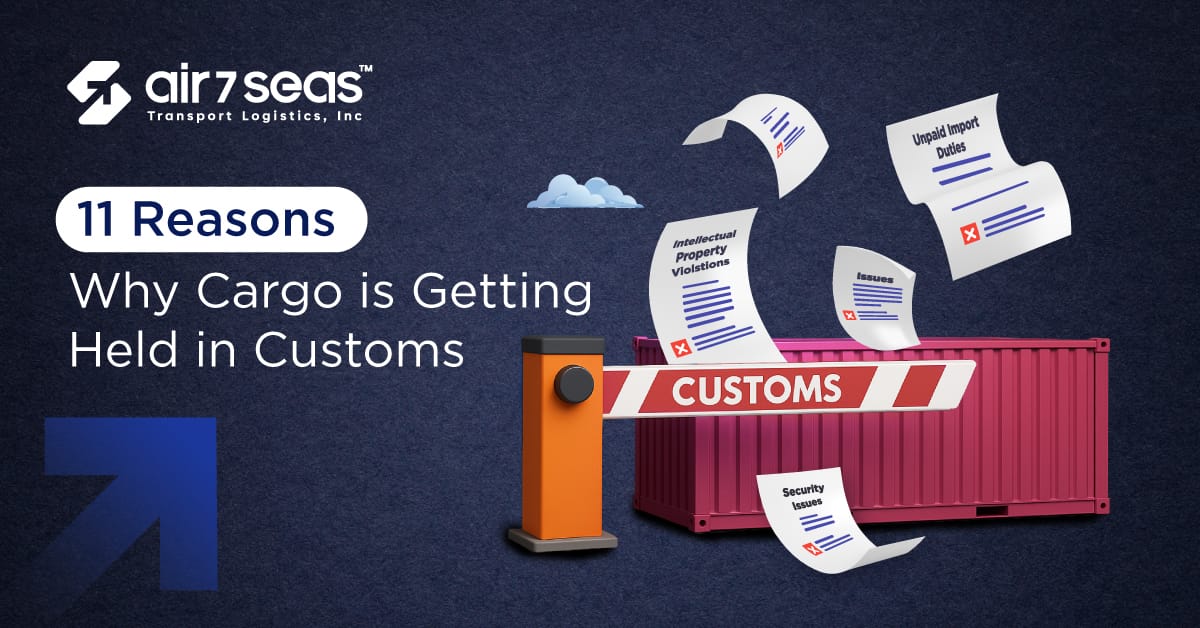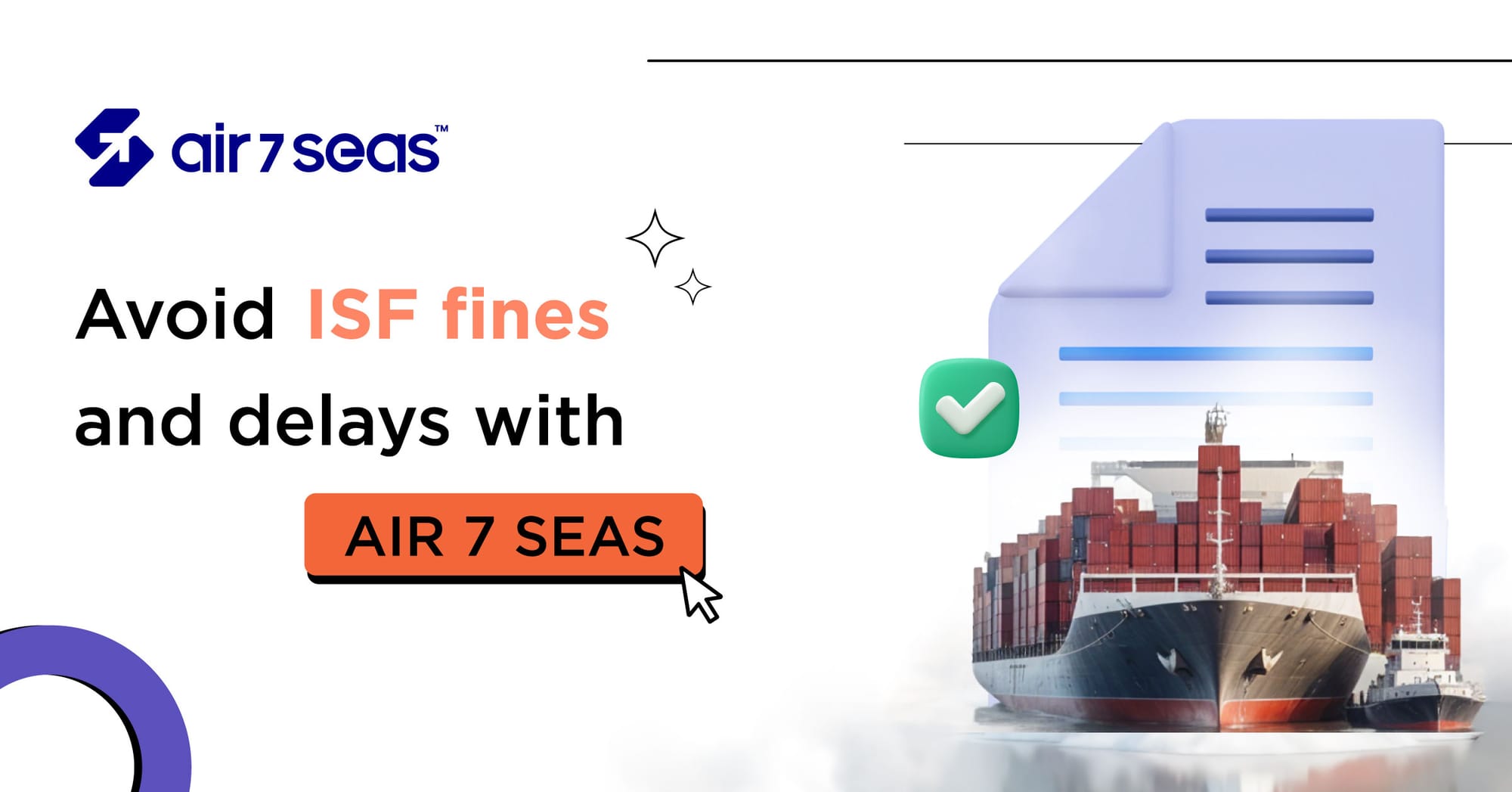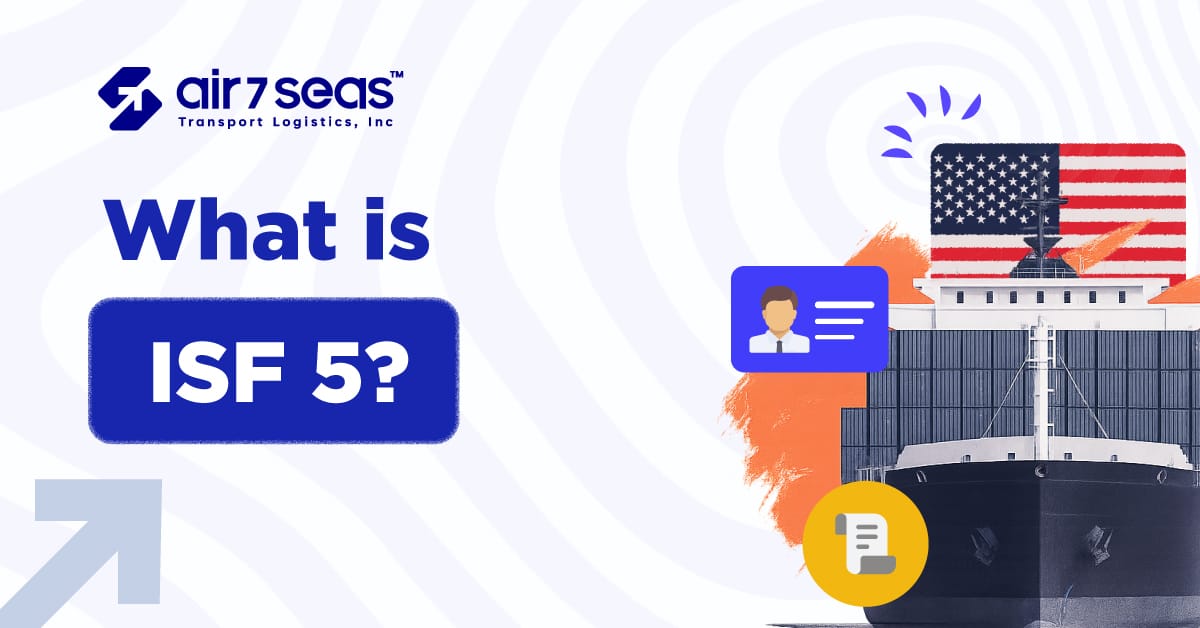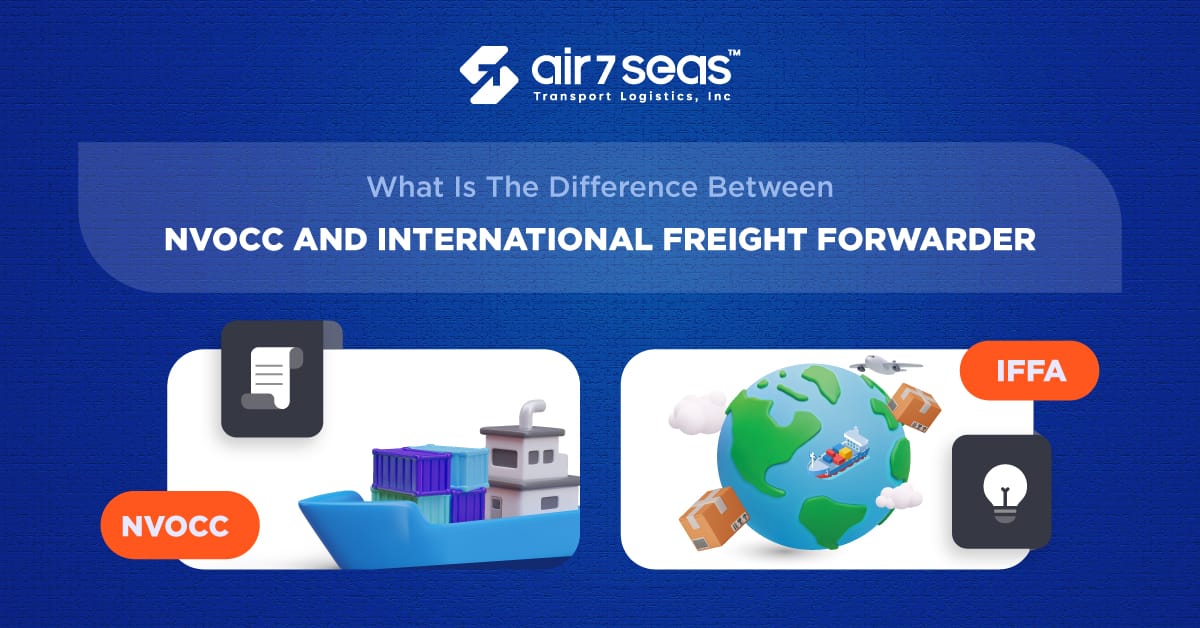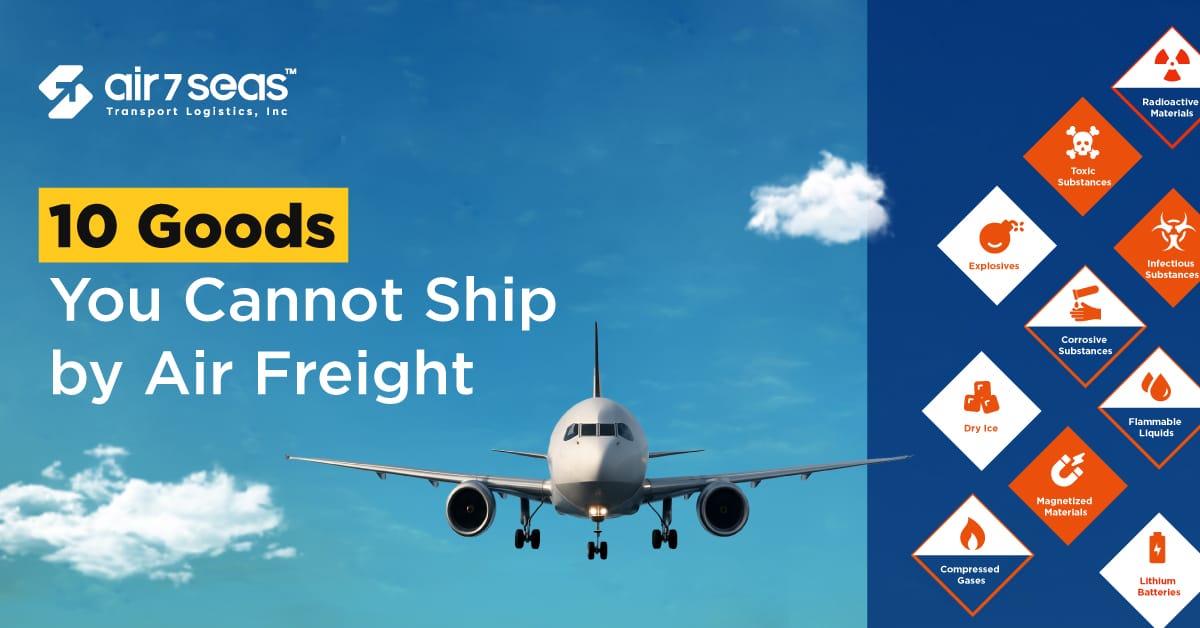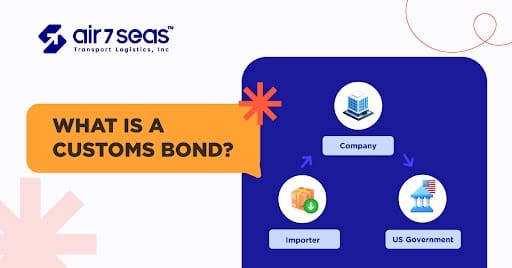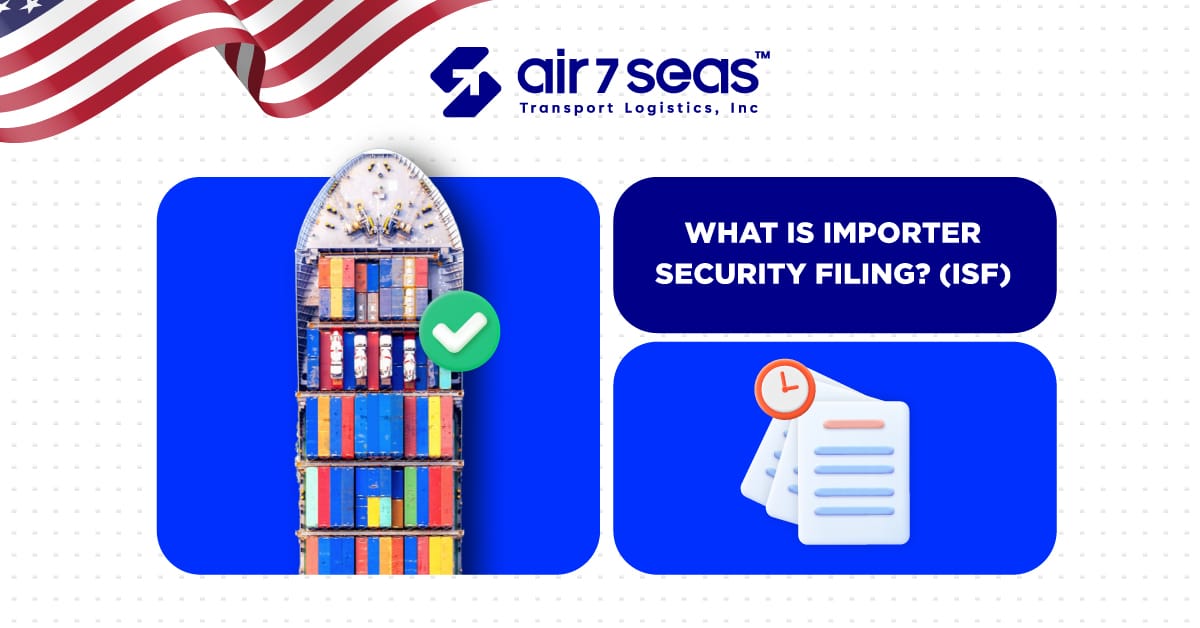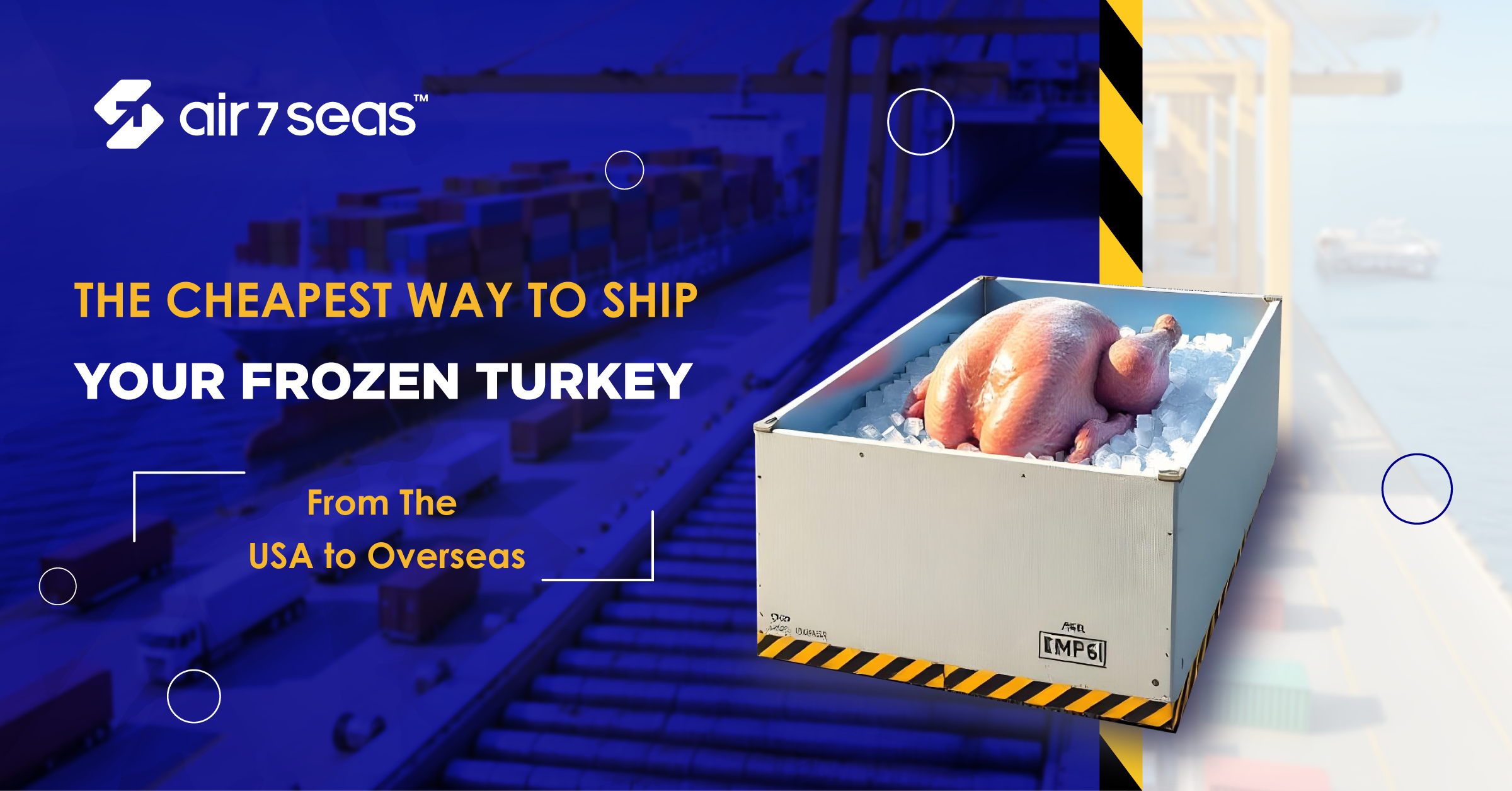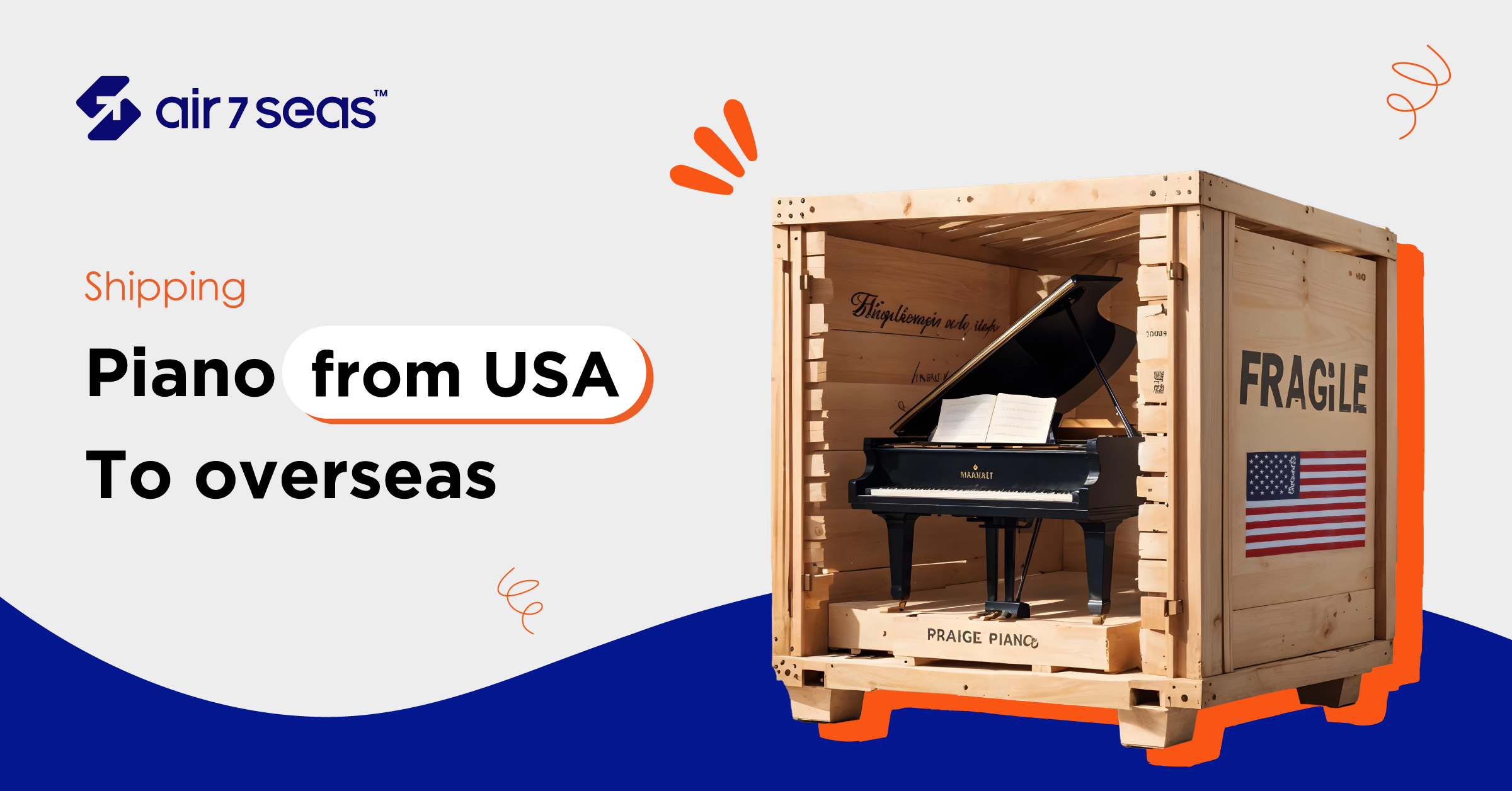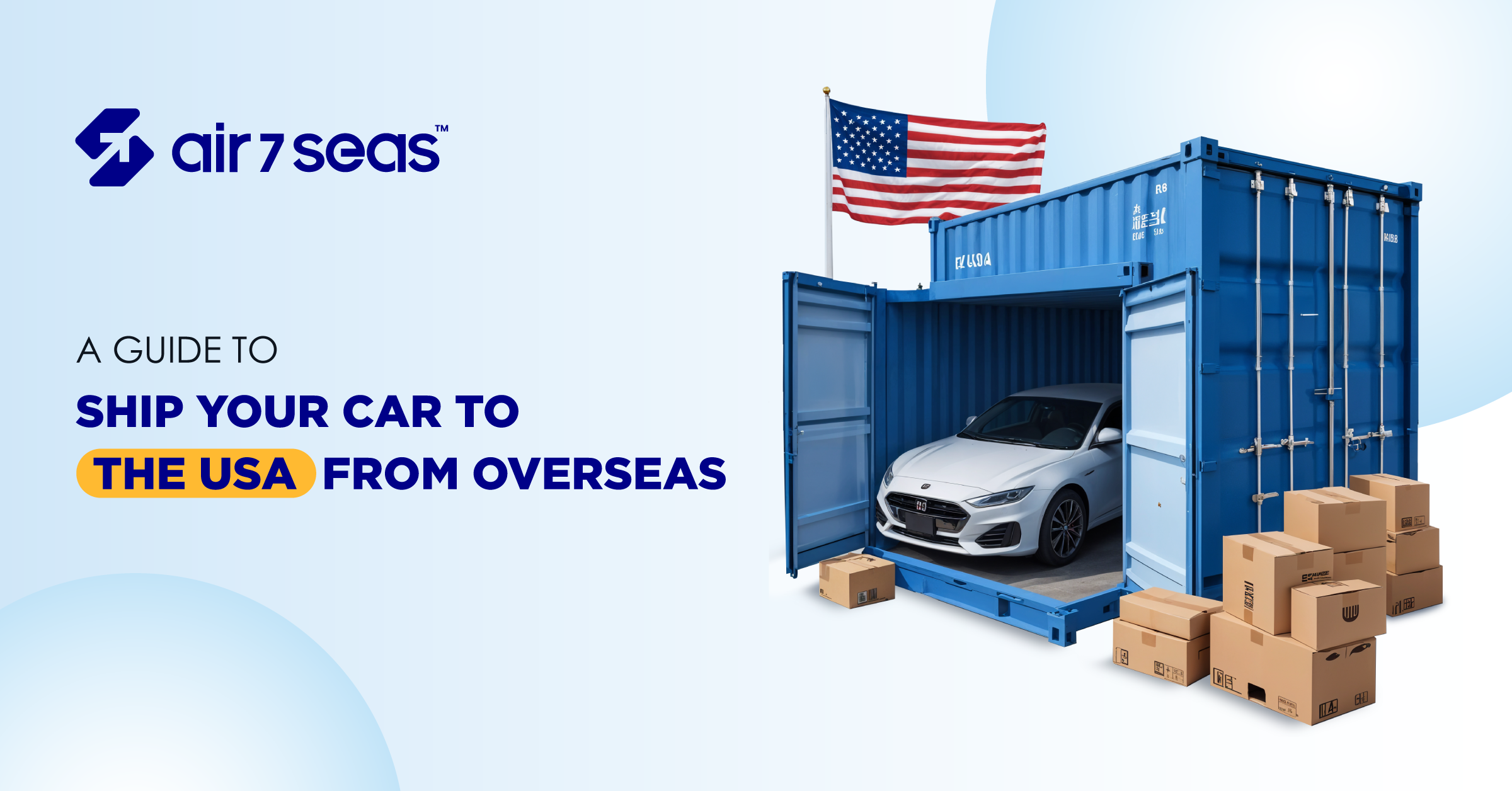Blogs
Discover Your Ultimate Container for Household Shipping
container for household shipping Ever looked around your home and wondered, How on earth do I figure...
Difference Between Intermodal Vs Multimodal Vs Intramodal Shipment
Ever feel like the logistics world has too many “-modals”?Intermodal, multimodal, intramodal — they...
How the New U.S. Tariffs Affect Truck Imports from Japan, the EU, and the UK
New tariffs just shook the global truck market. The U.S. now imposes 10–25% duties on medium- and he...
Door-to-Door vs Port-to-Port Shipping: Which Saves You More Money?
If you're someone moving to the USA for your master’s degree or a new job, this blog will probably h...
7 Best and Most Affordable Ways to Ship Turkey from Canada to the U.S
It’s Thanksgiving time — and what’s Thanksgiving without a juicy, golden-roasted turkey?But here’s s...
Top Questions About Shipping Household Goods From or To the USA
Planning an international move can feel overwhelming — especially when it comes to shipping your hou...
The De Minimis Exception Is Gone but we keep your shipment moving
Low-value shipments are being stuck or even disposed of at U.S. Customs, leaving importers in the U....
Break Bulk VS Container Shipping
Just like people, not all cargo is built the same. Some shipments fit neatly into a standard contain...
What Is Break Bulk Shipping and How to Master It?
Lets say you have a windmill blade to ship to the USA—but it’s too big for a container.You’ve got on...
Air7Seas bailed out a client from $50,000 CBP penalties with a Compliance-First Approach
In today’s trade environment, compliance mistakes can be extremely costly. U.S. Customs and Border P...
How the U.S. Government Shutdown Is Disrupting Logistics (And What You Need to Know)
Here we go again. As of October 1, 2025, the U.S. government has officially shut down after Congress...
9 Must-Know Tips for Shipping Auto Parts from Japan to the U.S.
Good news for importers: The new U.S.–Japan trade agreement has officially kicked in, slashing the p...
Customs Can’t Touch This Package - Diplomatic Shipment
Imagine a package so secret that even customs officers—whose job is to inspect every parcel crossing...
How Canadian SMBs Can Navigate the New U.S. Tariffs
Running a small business in Canada and shipping to the U.S.? Then you’ve probably heard the buz...
10 Items That Will Always Get Held at U.S. Customs (And What to Do Instead)
Ever shipped a package overseas only to get that dreaded message: “Held at customs”? It’s frustratin...
Cut Half of Your International Shipping Costs with One Simple Move
With sudden fluctuations in U.S. tariffs, international shipping costs are skyrocketing. For many Am...
Shipping a Container from India to the USA: Cost Explained
Over the years, the volume of containers moving between India and the USA has seen steady growth, bu...
HTS Code vs HS Code: What’s the Difference?
If you’ve ever dipped your toes into international shipping, you’ve probably come across a bunch of...
9 Interstate Shipping Challenges and How to Solve Them
Thinking about shipping your household or commercial goods within the U.S.?Not sure whether to go wi...
How to Calculate Shipping Charges from China to USA (Step-by-Step Guide)
Spike in the tariff has created a huge impact on shipping from China to the USA, making it more impo...
How to Safely Ship Your Fine Art Across the U.S.
Whether you’re an artist sending your work to a gallery, a collector moving states, or just someone...
What’s the Difference Between an FDA Hold and a Customs Hold?
One day your products are sailing smoothly; the next, you receive a notice that your container is “o...
How to Cut Import Costs by 25% Without Breaking Compliance Rules
You’re importing the same products every quarter, but costs keep climbing and compliance risks are a...
Customs Duties Explained
If you’re importing goods into the United States whether as a business or an individual you’ve likel...
Multimodal shipment - Explained
What is Multimodal shipment? Explained Shipping goods internationally isn't as simple as loadin...
7 Best freight forwarder in the USA
One wrong freight forwarder can mean late shipments, customs nightmares, and frustrated customers. T...
7 Best Ways to Reduce Import Duties for US manufacturers
Noticing your international shipping budget chip away because of import duties? You're not alon...
USA to West Africa Shipping: Cargo Services, Costs & Documentation Requirements
United States to West Africa shipping volumes surged 18% in 2025, with bilateral global trade now ex...
Difference between Dimensional Weight and Actual Weight
Have you ever come across your shipping companies charging $25 to ship a 2-pound pillow?You’re...
15 Cost effective ways to ship Apparel from China to the USA
Shipping apparel from China to the U.S. in 2025 is tougher and pricier than ever. With tariffs peaki...
How to Ship from the India to USA via Sea Freight: Process, Cost & Tips
In international freight shipping, everyone loves a good success story but in ocean freight, the hor...
How Long Does U.S. Customs Clearance Take? (Plus Tips to Speed It Up)
Your air shipment cleared customs within hours, but your ocean freight? Still stuck.Or maybe it’s th...
What Happens If You Choose the Wrong HTS Code?
Let’s say you’re importing a batch of goods and everything seems in order, until Customs holds your...
How to Overcome Blank Sailing?
Shipment ready, documents on point, container booked — but the vessel never left?Have you been throu...
What is a commercial invoice and packing list?
“Wait… I need what to ship this out?”If you’ve ever said that while preparing an international order...
What’s a SCAC Code?
Importer:Hey, quick question. I keep seeing this 'SCAC' thing on shipping documents. Do I need to wo...
3 Main Types of Air Freight Service
Wrong time in delivering certain goods can break your profit. Whether you're moving high-value elect...
5 Basic Tips Every Manufacturer Should Know Before Import/Export to USA
Starting your import/export journey to the USA can feel overwhelming, but understanding the fundamen...
NVOCC vs Ocean Carrier: Which Should You Choose for Your Freight Shipping?
Starting your import and export journey? You've probably hit this crossroads pretty quickly.Should I...
How To Easily Ship A Car Into the USA
Whether you’re shipping a brand-new car or shipping a used one into the U.S. from overseas is no sma...
Top 5 Questions Every Manufacturer Should Ask Before Hiring a Freight Forwarder
As a manufacturer, your job is to build not to chase shipments, decode logistics jargon, or untangle...
Will the ISF Filing Differ for LCL and FCL Shipment?
You’ve been importing FCL shipments for years. Now, for the first time, you’re handling an LCL shipm...
Difference Between LCL and FCL
As a U.S. manufacturer navigating international logistics, choosing the right ocean freight option c...
What is the Process to File an AMS(Automated Manifest System)?
Over billions of cargo are being imported into the USA each year, and staying compliant with it is n...
Documents required for Importing Cargo into the USA
According to stats, over $3.2 trillion worth of goods were successfully imported into the United Sta...
Do Small Packages Need ISF Filing?
So, you already know what ISF (Importer Security Filing) is—and why it's a must for ocean freight sh...
6 Smart ways to Reduce International Shipping Cost
Manufacturer - International shipping is draining my budget!Sound familiar? Whether you're a sm...
Cargo Held in Customs? Here’s How to Fix It Fast
Message: “Your cargo is held at customs.”These six words are enough to disrupt your entire shipping...
Frequently Asked Questions About International Shipping
Whether you're relocating from the USA to overseas or sending commercial cargo, international shippi...
11 Reasons Why Cargo is Getting Held in Customs
Message - “Your cargo is held at customs” …..is the biggest fear factor in the shipping industr...
Avoid ISF fines and delays with AIR 7 SEAS
Did you know 80% of import delays are due to incorrect or late ISF(Importer security filling) filing...
What is ISF 5?
If your shipment is passing through the U.S. without staying—like in transit to another country, ent...
Difference Between NVOCC and an International Freight Forwarder?
Difference between NVOCC and International freight forwarderIf you frequently import or export to th...
10 Goods You Cannot Ship by Air Freight
Shipping goods by air is fast and efficient, but it comes with strict safety and regulatory guidelin...
What is a customs bond?
Customs bond is a type of a surety required by the U.S. Customs and Border Protection (CBP) to ensur...
What is Importer Security Filing (ISF)?
If you are importing anything via ocean freight into the USA, ISF filing (Importer Security Filing)...
What is the difference between NVOCC and VOCC?
If you are into logistics or international freight forwarding, you would have definitely come across...
Overcoming shipping hurdles: A must-read guide for BCOs
Freight forwarder in the USA for BCOsCustomer: "I'm a small scale business owner trying to expand in...
Why is Air7seas the Best Freight forwarding Partner in North America?
best freight forwarder in the USAOkay, folks, we're not going to lie - we're still kind of flo...
The Cheapest Way to Ship Frozen Turkey from the USA to Overseas
cheapest way to ship internationally for turkey As we all know, Thanksgiving is around the corner, a...
What is freight forwarding?
what is freight forwardingImagine you're sending a package to a friend in another country or moving...
Shipping piano from the USA to overseas
piano moving service from the USARelocating your household goods along with your piano from the USA...

